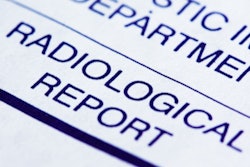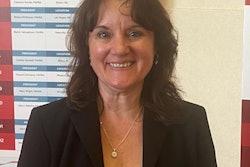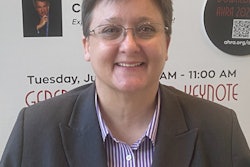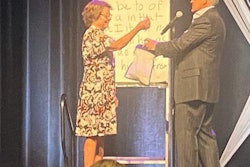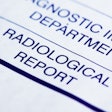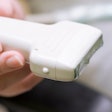
Applicants who applied virtually to interventional radiology residency programs in recent years received more interview invites than previous in-person applicants, according to a new report in the Journal of Vascular and Interventional Radiology.
Researchers led by Varun Danda, MD, from the Icahn School of Medicine at Mount Sinai in New York also found that compared to previous in-person application cycles, applicants for the virtual cycle saved several thousand dollars and had higher step I scores on the United States Medical Licensing Exam (USMLE).
"The relatively new and competitive nature of the residency makes the potential consequences of the change [to virtual] unpredictable," Danda and colleagues wrote in their article published on June 28.
One of the most competitive specialties in the National Residency Matching Program, integrated radiology residency has seen overall increases in residency positions. However, match rates for applicants have remained below 65% since its inception in 2016. This makes identifying factors for successful matching important.
For the 2021 application cycle, applicants had to apply and be interviewed virtually due to the COVID-19 pandemic. How this virtual process has affected interventional radiology residency has not been characterized, according to the researchers.
Danda and colleagues wanted to explore trends in interventional radiology applicants between the 2018 and 2021 applicant cycles, including how the virtual format affected application numbers and interview invites. The team also wanted to assess the perceptions of virtual interviews by applicants.
The researchers gathered data from the Texas Seeking Transparency in Application to Residency (Texas STAR) database. This is a yearly online survey of matching program applicants, including for interventional radiology residency. For the study, a total of 252 applicants responded across all years.
The researchers found that of the applicants for the 2021 and 2022 virtual application cycles, 85% matched compared with the 71% match rate seen for applicants in the 2018-2020 cycles.
They also found that USMLE step I scores were higher for the virtual applicants than the in-person applicants at 247 compared with 244.6 (p = 0.048). However, USMLE 2 scores for the virtual applicants did not achieve statistical significance compared with the in-person group (252.2 vs. 255.5, p = 0.22).
The team also reported that the virtual group submitted more applications than in previous years, 43.3 compared with 37 for the in-person group (p = 0.01). The virtual group also received more interview invitations (18.7) than in previous years (15.8, p = 0.011).
Both groups also had similar rates of geographic connection to their respective matched institutions, including 43.5% for the virtual applicants and 43.8% for the in-person applicants (p = 0.96).
The researchers also found that the majority of virtual applicants support continued use of virtual interviews, with 74% either agreeing or strongly agreeing.
Finally, the team reported that the 2021 and 2022 virtual applicants reported spending an average of $3,294 and $4,349 over the course of the application process. The in-person applicants for the 2019 and 2020 cycles meanwhile spent an average of $8,258 and $7,865, respectively. The researchers wrote that "most" cost savings for the virtual group come from decreased spending to attend interviews.
The study can be found in its entirety here.





